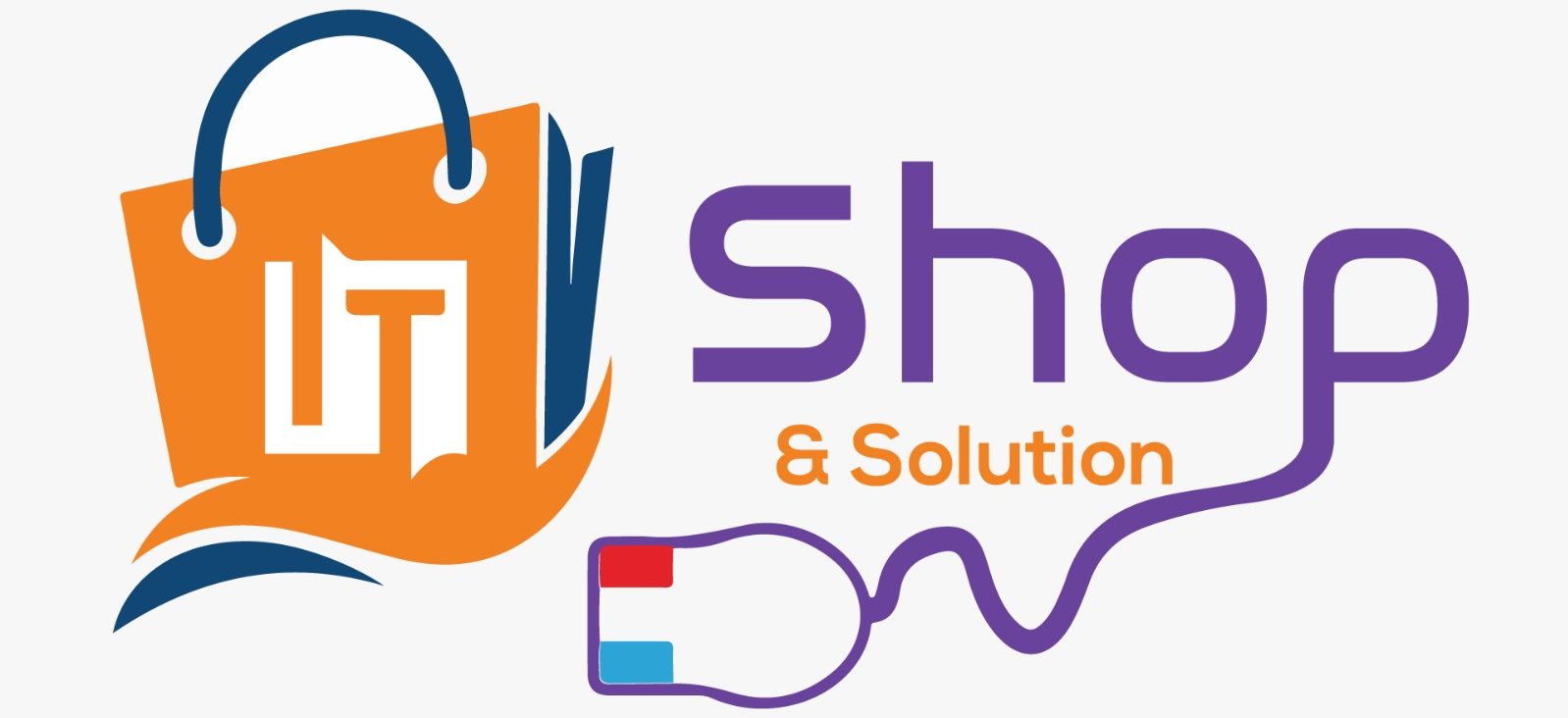Technology Faces Multi-Level Security Threats
In the rapidly evolving digital landscape, technology has become an integral part of our lives. However, as advancements in technology continue to shape our world, so do the security threats that challenge individuals, businesses, and governments. Today, technology faces multi-level security threats that demand robust cybersecurity measures and continuous vigilance.
Understanding Multi-Level Security Threats
Multi-level security threats refer to the various layers at which cyberattacks can occur, targeting different aspects of technology infrastructure. These threats can be categorized into:
- Network-Level Threats – Attackers exploit vulnerabilities in network protocols, routers, and firewalls to gain unauthorized access. Common attacks include Distributed Denial of Service (DDoS), man-in-the-middle attacks, and network eavesdropping.
- Application-Level Threats – Applications, including websites and mobile apps, are vulnerable to threats such as SQL injection, cross-site scripting (XSS), and malware infections.
- Endpoint Security Threats – Devices such as computers, smartphones, and IoT gadgets are prone to malware, ransomware, and phishing attacks.
- Cloud Security Threats – As businesses migrate to cloud platforms, cybercriminals target misconfigured cloud storage, weak authentication mechanisms, and insecure APIs.
- Insider Threats – Employees or contractors with access to sensitive data can pose risks, either intentionally or unintentionally, by leaking confidential information or falling victim to social engineering attacks.
The Impact of Multi-Level Security Threats
Cybersecurity threats have far-reaching consequences, including:
- Financial Loss – Data breaches and cyberattacks cost businesses millions of dollars annually.
- Reputational Damage – Organizations suffering from security breaches lose customer trust and credibility.
- Operational Disruptions – Attacks like ransomware can halt business operations, leading to loss of productivity.
- Legal and Compliance Issues – Companies failing to secure customer data face penalties and regulatory scrutiny.
Mitigating Multi-Level Security Threats
To combat these security threats, businesses and individuals must implement comprehensive security strategies:
- Implement Strong Authentication – Using multi-factor authentication (MFA) enhances security by adding additional verification steps.
- Regular Security Updates – Keeping software, applications, and firmware updated prevents vulnerabilities from being exploited.
- Employee Awareness & Training – Educating employees about phishing, social engineering, and cybersecurity best practices reduces human error risks.
- Advanced Threat Detection Systems – AI-driven security tools can detect and mitigate threats in real time.
- Secure Cloud Infrastructure – Encrypting cloud data and implementing strict access controls improve cloud security.
- Backup & Disaster Recovery Plans – Regular data backups help mitigate the impact of ransomware and data loss incidents.
Conclusion
As technology continues to advance, so do the complexities of cybersecurity threats. Organizations and individuals must adopt a multi-layered approach to security, ensuring protection across networks, applications, devices, and cloud platforms. Staying informed and proactive is the key to navigating the ever-evolving landscape of digital security threats.
In an era where cyber threats are inevitable, preparedness and resilience define those who can withstand the storm of digital vulnerabilities.













